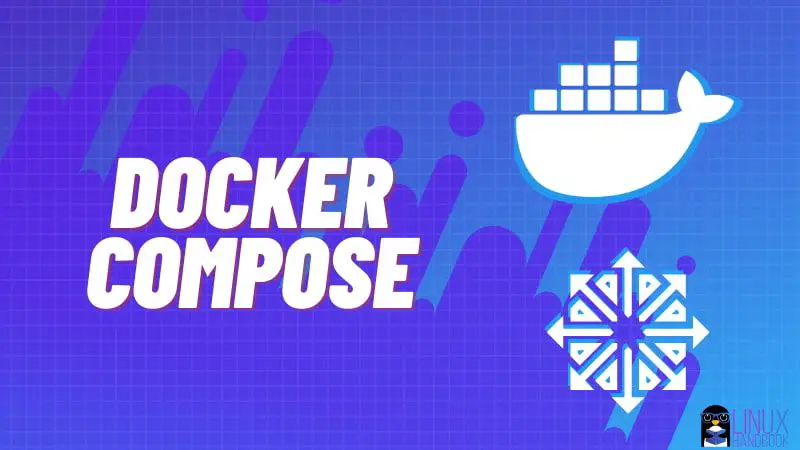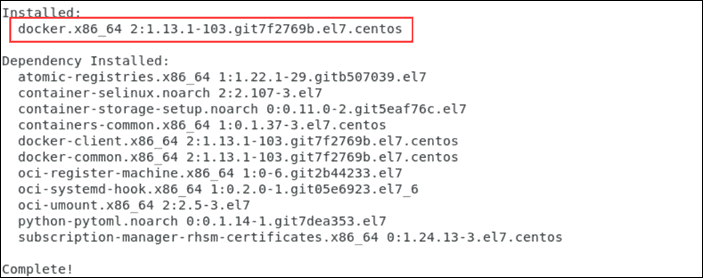

I add an extra attempt of installing which (this identifies there is nothing to do). For this I install nano first, followed by which in a different label. The idea is to install whatever lightweight package and evaluate the impact on image size. RUN yum -y install which & yum -y clean all & rm -fr /var/cache RUN yum -y install nano & yum -y clean all & rm -fr /var/cache Then, I prepare the following Dockerfile: FROM centos:7 I start from an official centos:7 image (7e6257c9f8d8 203MB).

I would be very glad if anyone could share his ideas or provide an explanation. In this sense, I run into a minimal reproducible case which I don't understand. Now, I am making an effort to understand how the size of my docker images can be minimized by optimizing my Dockerfiles. You will notice that the package contains files under /usr/share/doc/yum-utils-1.1.30.I have been using Docker for some time while I don't have an IT background. Inside, install the yum-utils package: yum install -y yum-utilsĪfterwards, if you use repoquery to inspect the contents of the yum-utils package repoquery -l yum-utils Here is a minimal example to illustrate the problem:įirst create a new centos container: docker run -t -i centos:centos6 /bin/bash Is there a way to install the missing files through yum?

I suspect that this is somehow a “feature” of Docker, which tries to avoid the installation of unnecessary documentation files into the container, but could not find any information about it. According to repoquery -l kolab-webadmin, the sql file is indeed included in the package.

After doing some research, I found out, that the setup script tries to use an sql schema file, located in /usr/share/doc/kolab-webadmin-3.1.5. But afterwards, when I tried to run the setup script, several errors occurred. At first glance, the installation of the official packages seemed to work without problems. I’m trying to install the Kolab groupware in a Docker container based on CentOS 6.5.


 0 kommentar(er)
0 kommentar(er)
